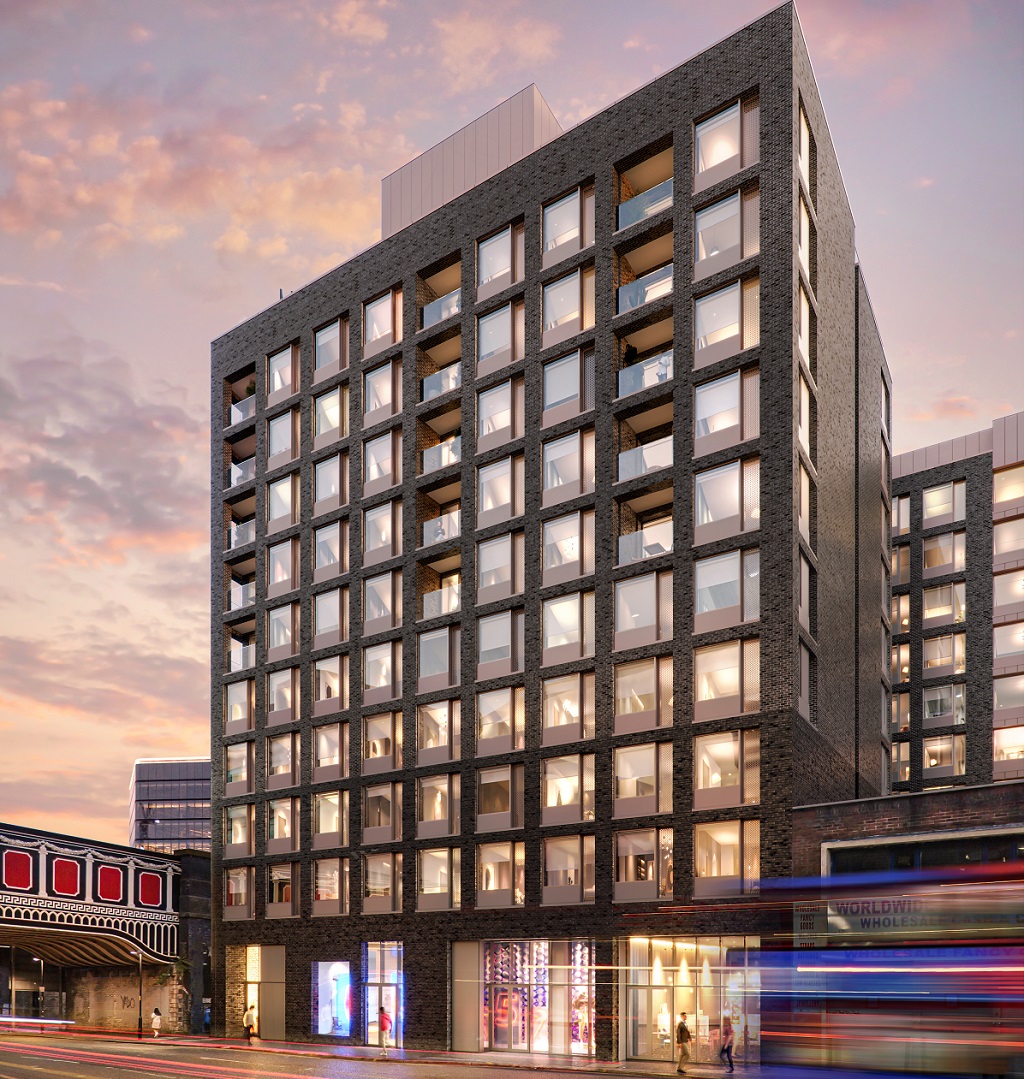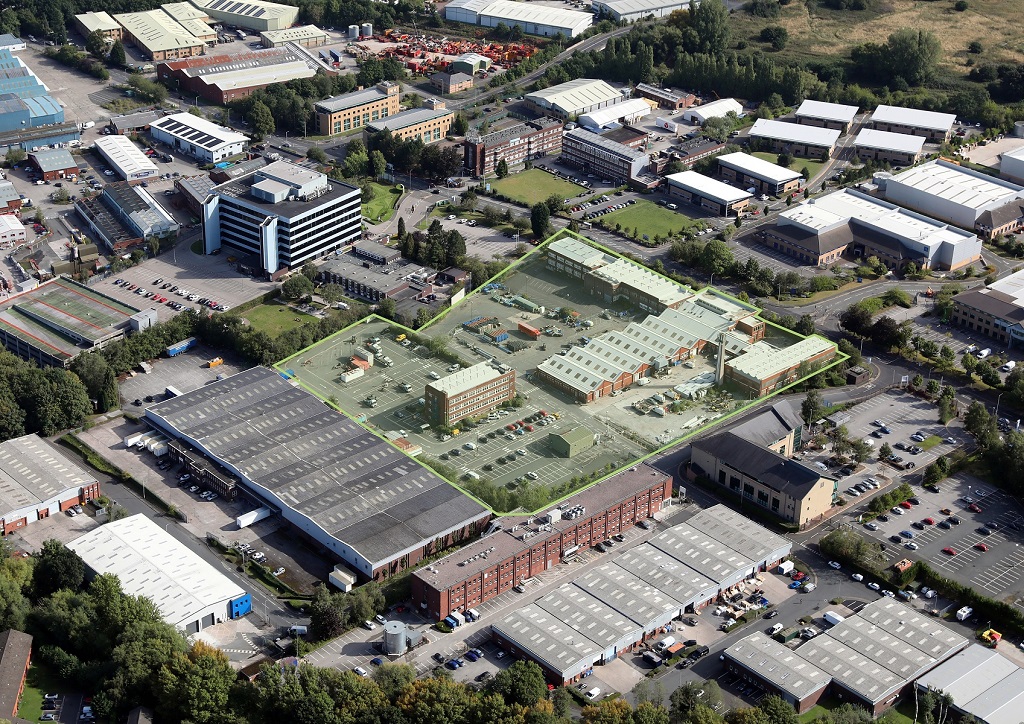RESOURCES | Further changes to permitted development
Following the Government’s announcement back in October 2015 of its intention to make permanent the temporary permitted development rights to convert offices to dwellings, the Government has made the necessary regulations to effect the change in the Town and Country Planning (General Permitted Development) (England) (Amendment) Order 2016 (the Order), writes Lynette Day of Hill Dickinson.
Office to residential
Article 7 of the Order makes permanent the existing temporary permitted development rights to change the use of an office into dwelling houses contained within Class O. The temporary rights were due to expire on 30 May 2016.
A new condition has been inserted into Class O which states that the development must be completed within a period of 3 years of the date of the prior approval. The temporary permitted development rights have proved to be popular and well used in securing a change of use to residential apartments.
The prior notification requirements still remain for Class O; however, a further condition has been added which allows the Local Planning Authority to now consider the impact of noise from commercial premises on the intended occupiers of the development as well as transport and highway impacts, contamination risks and flooding risks.
The Order extends the period for exclusion of Class O in certain areas until 30 May 2019, allowing the Local Planning Authority time to apply for an article 4 direction removing the rights.
Light industrial to residential
The Order also creates a new temporary right to change a building in light industrial (B1(c)) use to residential (class PA) where an application for prior approval is received on or after 1 October 2017 and the prior approval is granted on or before 30 September 2020 in order to benefit from the permitted development.
The permitted development is subject to a condition that the developer must submit with its application for prior approval a statement setting out the evidence demonstrating that the building was solely used for a light industrial use.
The permitted development is subject to the prior approval arrangements and allows the Local Planning Authority to consider whether prior approval is required of the transport and highway impacts, contamination risks, flooding risks and, where the authority considers the building is within an area that is important for providing industrial or storage and distribution services, whether the introduction of a residential use would have an “adverse impact on the sustainability of those services”.
Where a change of use is proposed to a residential use (under Classes M, N, O, P, PA and Q), a developer will now need to supply to the Local Planning Authority a statement specifying the net increase in dwelling houses proposed by the development with its application for prior approval; however, this requirement will not apply to applications made on or before 5 April 2016.
This article was originally published through Place Resources



